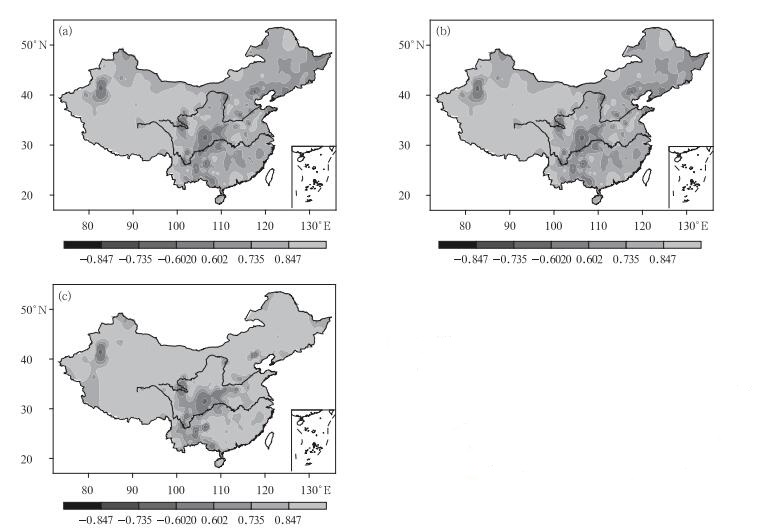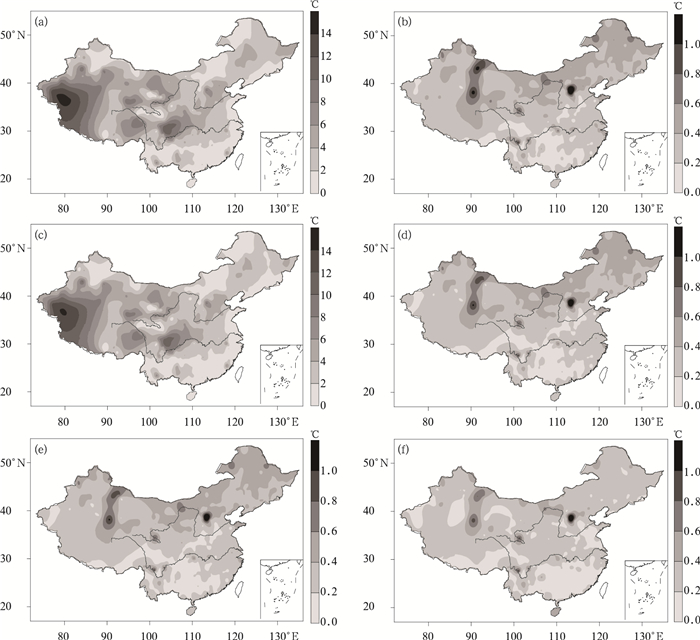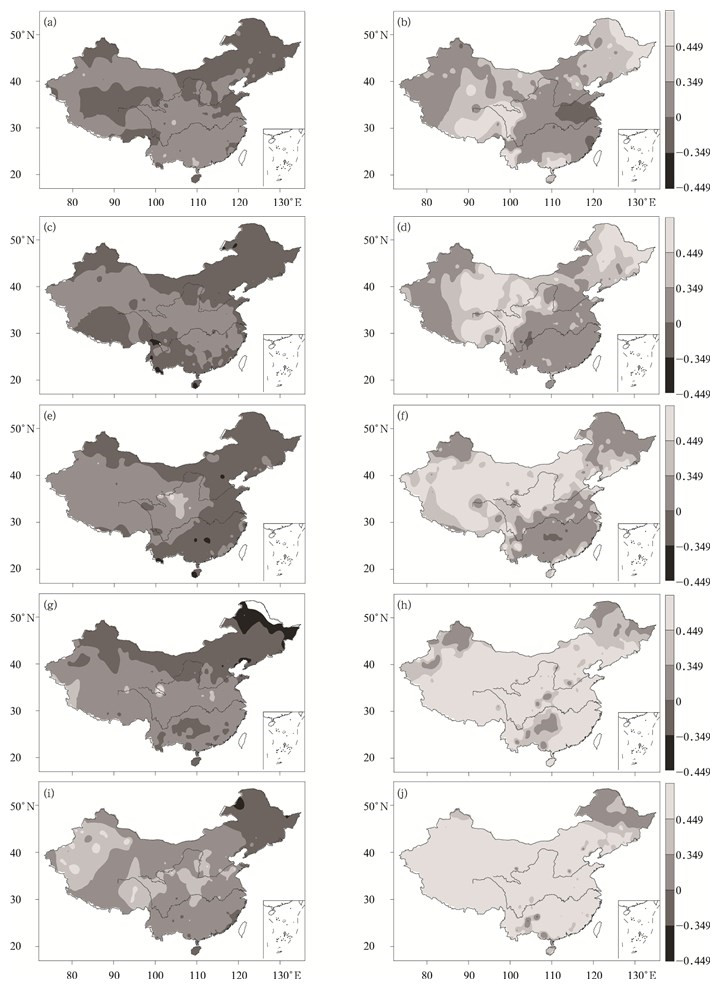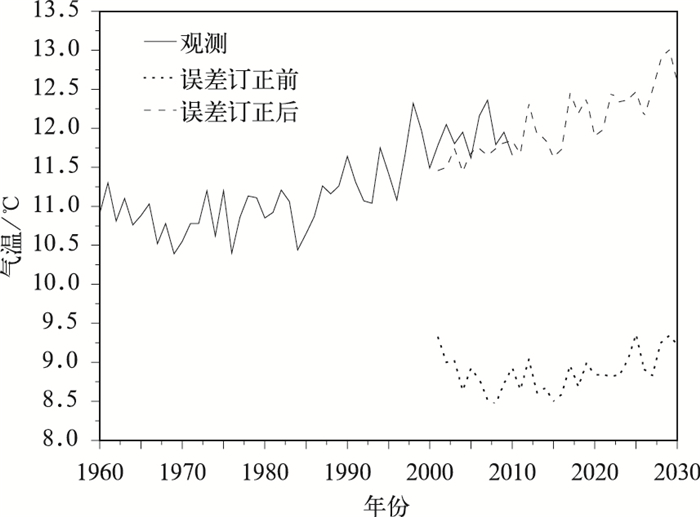|
[1]
|
Lambert S J, Boer G J.Climate Dynamics:CMIP1 evaluation and intercomparison of coupled climate models.Springer-Verlag, 2001, 17:83-106. doi: 10.1007/PL00013736 |
|
[2]
|
|
|
[3]
|
|
|
[4]
|
|
|
[5]
|
Meehl G A, Goddard L, Murphy J, et al.Decadal prediction:Can it be skillful? Bull Amer Meteor Soc, 2009, 90:1467-1485. doi: 10.1175/2009BAMS2778.1 |
|
[6]
|
Hurrell J, Meehl G A, Bader D, et al.A unified modeling approach to climate system prediction.Bull Amer Meteor Soc, 2009, 90:1819-1832. doi: 10.1175/2009BAMS2752.1 |
|
[7]
|
|
|
[8]
|
Meehl G A, Stocker T F, Collins W D, et al.Climate change 2007:The Physical Science Basis//Solomon S, Qin D, Manning M, et al.Contribution of Working Group Ⅰ to the Fourth Assessment Report of the Intergovernmental Panel on Climate Change.Cambridge:Cambridge University Press, 2007:747-845.
|
|
[9]
|
Taylor K E, Stouffer R J, Meehl G A.An Overview of CMIP5 and the experiment design.Bull Amer Meteor Soc, 2012, 93, doi: 10.1175/BAMS-D-11-00094.1. |
|
[10]
|
Latif M, Collins M, Pohlmann H, et al.A review of predictability studies of Atlantic sector climate on decadal scales.J Climate, 2006, 19:5971-5987. doi: 10.1175/JCLI3945.1 |
|
[11]
|
Branstator G, Teng H Y, Gerald A M.Systematic estimates of initial-value decadal predictability for six AOGCMs.J Climate, 2012, 25:1827-1846. doi: 10.1175/JCLI-D-11-00227.1 |
|
[12]
|
Keenlyside N S, Latif M, Jungclaus J, et al.Advancing decadal-scale climate prediction in the North Atlantic sector.Nature, 2008, 453:84-88. doi: 10.1038/nature06921 |
|
[13]
|
Mochizuki T, Ishii M, Kimoto M, et al.Pacific Decadal Oscillation Hindcasts Relevant to Near-term Climate Prediction.Proc Natl Acad Sci USA, 2010, 107:1833-1837. doi: 10.1073/pnas.0906531107 |
|
[14]
|
|
|
[15]
|
Mehta V, Meehl G, Goddard L, et al.Decadal climate predictabitily and prediction.Bull Amer Meteor Soc, 2011, 92(5):637-640. doi: 10.1175/2010BAMS3025.1 |
|
[16]
|
Zhou Tianjun, Yu Rucong.Twentieth century surface air temperature over China and the globe simulated by coupled climate models.J Climate, 2006, 19(22):5843-5858. doi: 10.1175/JCLI3952.1 |
|
[17]
|
|
|
[18]
|
|
|
[19]
|
|
|
[20]
|
|
|
[21]
|
|
|
[22]
|
姜大膀, 王会军, 郎咸梅.SRE SA2情景下中国气候未来变化的多模式集合预测结果.地球物理学报, 2004, 47(5):776-784.
|
|
[23]
|
|
|
[24]
|
Li Hongmei, Feng Lei, Zhou Tianjun.Multi-model projection of July-August climate extreme changes over China under CO 2 doubling.Part Ⅰ:Precipitation.Adv Atmos Sci, 2011, 28(2):433-447. doi: 10.1007/s00376-010-0013-4 |
|
[25]
|
Li Hongmei, Feng Lei, Zhou Tianjun.Multi-model projection of July-August climate extreme changes over China under CO 2 doubling.Part Ⅱ:Temperature.Adv Atmos Sci, 2011, 28(2):448-463. doi: 10.1007/s00376-010-0052-x |
|
[26]
|
|
|
[27]
|
ICPO.Data and Bias Correction for Decadal Climate Predictions.CLIVAR Publication Series No.150, 2012.
|
|
[28]
|
|
|
[29]
|
Kim H, Webster P J, Curry J A.Evaluation of short-term climate change prediction in multi-model CMIP5 decadal hindcasts.Geophys Res Lett, 2012, 39, L10701, doi: 10.1029/2012GL051644. |
|
[30]
|
|
|
[31]
|
|
|
[32]
|
Zhao Zongci.Issues on Current Research of Climate Change.IU-GG 2003 Conference, 2003.
|




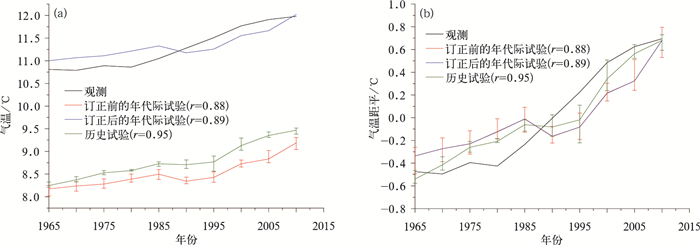
 DownLoad:
DownLoad:
